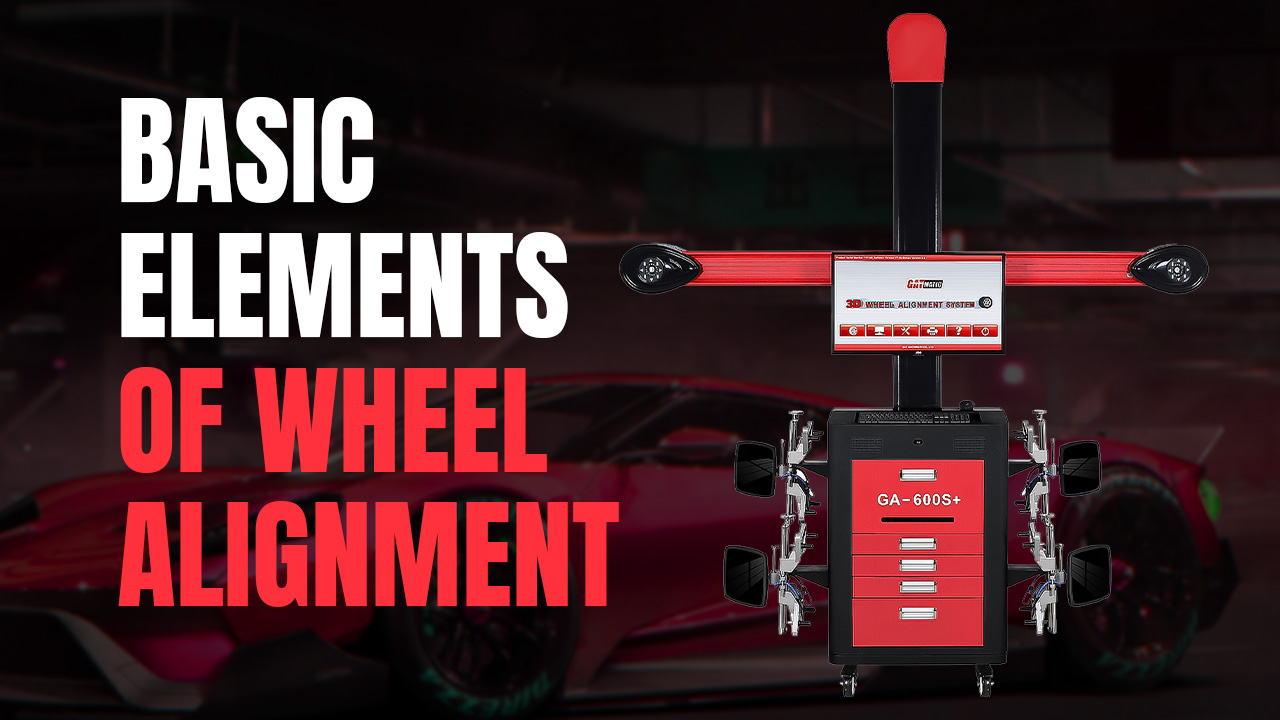Recent Blog
-
CCD Alignment Systems VS. 3D Alignment Systems
2025-04-08 -
What are the main differences between 2D and 3D wheel alignment systems
2025-03-26 -
Is Touchless Wheel Alignment Right for You? Factors to Consider
2025-03-19 -
The Future of Automotive Service: Exploring Touchless Wheel Alignment Technology
2025-03-13
What are the main differences between 2D and 3D wheel alignment systems
The world of automotive technology has seen significant advancements in recent years, particularly in the realm of wheel alignment systems. Wheel alignment is a critical aspect of vehicle maintenance, as it affects not only the performance and fuel efficiency of the vehicle but also its safety and longevity. Traditionally, wheel alignment was conducted using basic methods, but with the advent of 2D and 3D wheel alignment systems, the process has become more sophisticated and precise. This essay will explore the main differences between 2D and 3D wheel alignment systems, highlighting their technologies, operations, and the advantages of one over the other.
Introduction
Wheel alignment is essential for ensuring that a vehicle’s wheels are properly positioned relative to the road. Misaligned wheels can lead to uneven tire wear, reduced fuel efficiency, and compromised handling, which can increase the risk of accidents. Over the years, the technology used for wheel alignment has evolved from manual methods to more advanced systems. The transition from traditional techniques to 2D and then to 3D wheel alignment systems marks a significant leap in precision and efficiency.
2D Wheel Alignment Systems
2D wheel alignment systems were an improvement over manual methods, offering a more systematic approach to measuring wheel angles. These systems typically use basic sensors that measure the angles of the wheels in two dimensions—along the X and Y axes. The operation involves attaching reflective targets or mirrors to the wheels, which are then detected by sensors to calculate the alignment. While 2D systems are more accurate than manual methods, they have limitations. They often require manual adjustments and may not account for the complexities of modern vehicle suspensions, leading to potential inaccuracies.
3D Wheel Alignment Systems
In contrast, 3D wheel alignment systems represent the pinnacle of current technology in this field. These systems utilize high-definition cameras, lasers, and advanced sensors to measure wheel angles in three dimensions—along the X, Y, and Z axes. This allows for a comprehensive understanding of the vehicle’s suspension geometry, enabling precise adjustments that are tailored to the specific vehicle model. The operation is highly automated, with the system creating a detailed 3D model of the vehicle’s suspension. This not only enhances accuracy but also significantly reduces the time required for alignment.
Key Differences
One of the most significant differences between 2D and 3D wheel alignment systems is their level of accuracy. 3D systems offer superior precision by eliminating human error and accounting for the complex geometry of modern vehicle suspensions. This results in better alignment, which can improve vehicle performance, reduce wear on tires, and enhance safety.
Another key difference is efficiency. 3D systems are significantly faster than their 2D counterparts. While traditional methods and 2D systems might take hours to align a vehicle, 3D systems can complete the process in a fraction of the time, often in just a few minutes. This efficiency is crucial for busy service centers, where time is money.
Lastly, the cost is a significant factor when choosing between 2D and 3D systems. While 3D systems typically require a higher initial investment, they can be more cost-effective in the long run. The increased precision and speed of 3D systems can lead to higher customer satisfaction, reduced labor costs, and potentially increased business volume.
Conclusion
In conclusion, the differences between 2D and 3D wheel alignment systems are substantial. 3D systems offer advanced technology that provides superior accuracy, efficiency, and cost-effectiveness compared to 2D systems. For those considering investing in wheel alignment technology, it is crucial to weigh the budget against the intended use and long-term benefits. While 2D systems may suffice for smaller operations or older vehicles, 3D systems are the preferred choice for modern service centers seeking to offer high-quality, efficient wheel alignment services. As technology continues to evolve, it is likely that 3D wheel alignment systems will become the standard in the automotive industry.
FAQs
1. What is the main difference between 2D and 3D wheel alignment systems?
The primary difference is the dimensionality of measurement. 2D systems measure wheel angles in two dimensions, while 3D systems measure in three dimensions, providing a more comprehensive view of the vehicle’s suspension geometry.
2. Are 3D wheel alignment systems more accurate than 2D systems?
Yes, 3D systems generally offer superior accuracy by eliminating human error and accounting for complex suspension geometries.
3. How do the time requirements compare between 2D and 3D alignment methods?
3D wheel alignment systems are significantly faster, often reducing alignment times from hours to minutes compared to traditional 2D methods.
4. Which method requires more operator skill and training?
Traditional 2D methods generally require more operator skill and experience, as accuracy heavily depends on the technician’s expertise. 3D systems, while having a steeper initial learning curve, provide more consistent results across different operators.
5. What are the cost implications of choosing 3D systems over 2D systems?
3D alignment systems usually require a higher initial investment but can be more cost-effective in the long run due to increased speed, accuracy, and customer satisfaction.
Describe Your Needs In Detail!
We will carefully evaluate your needs and give professional solutions.



